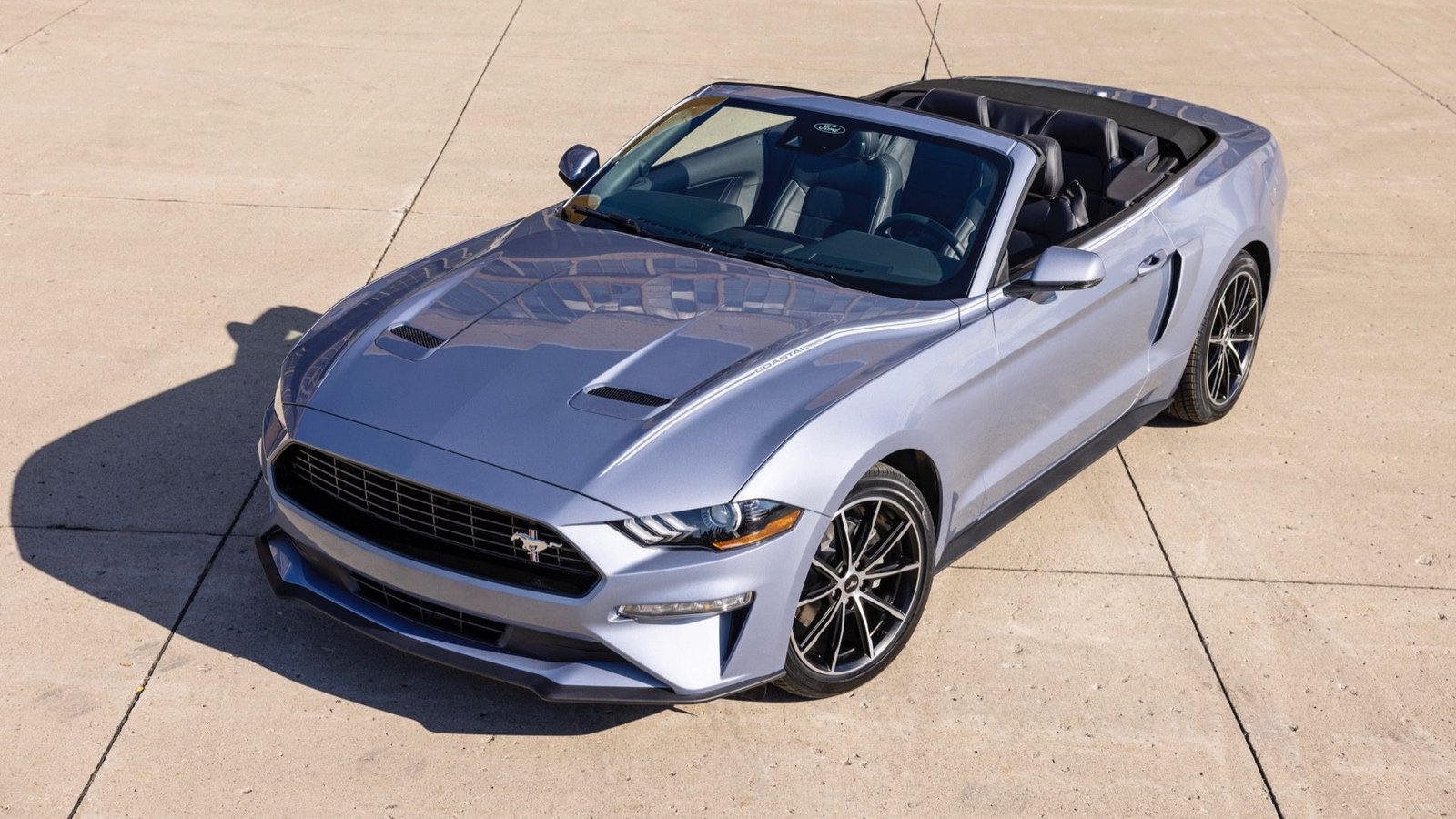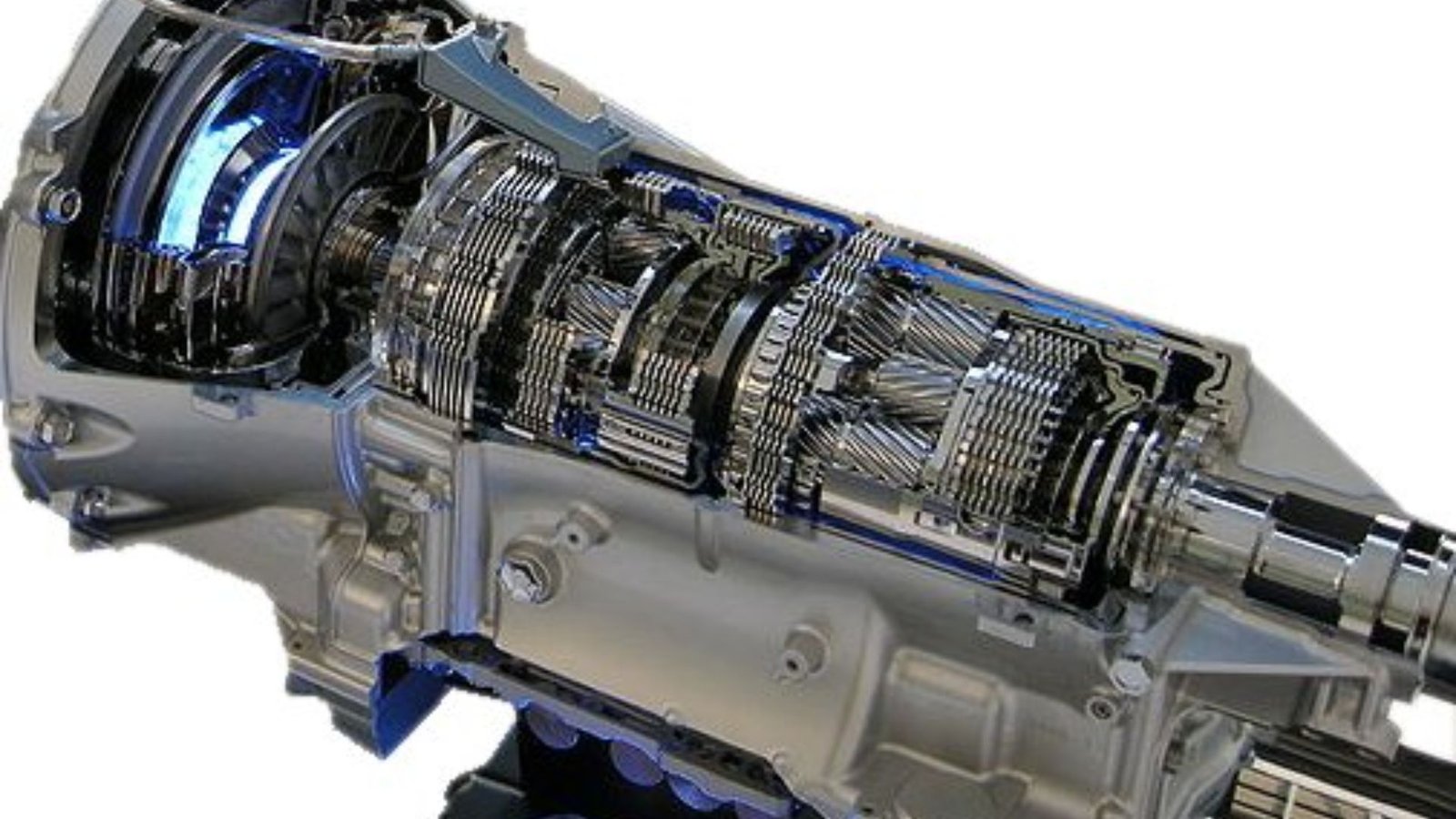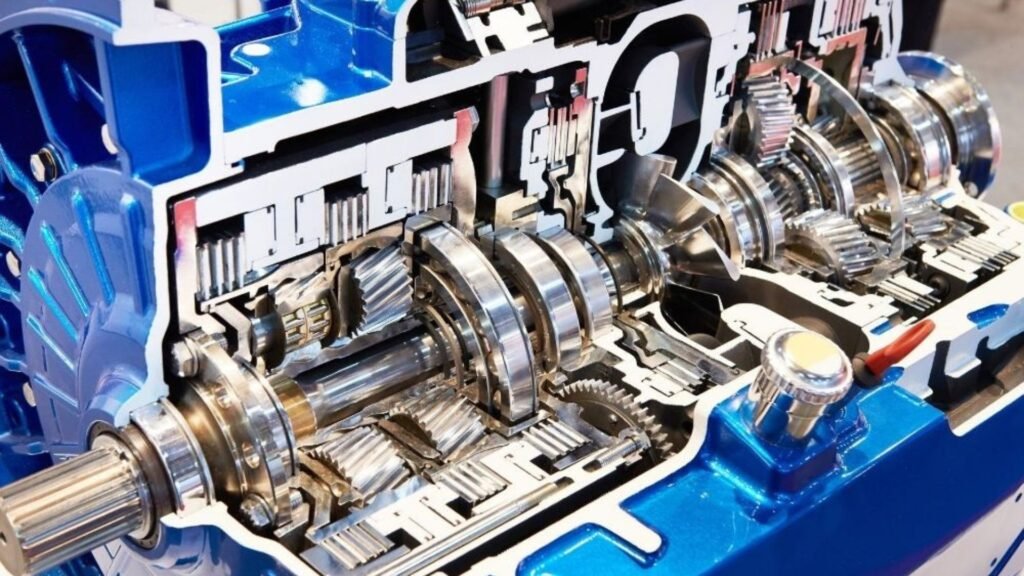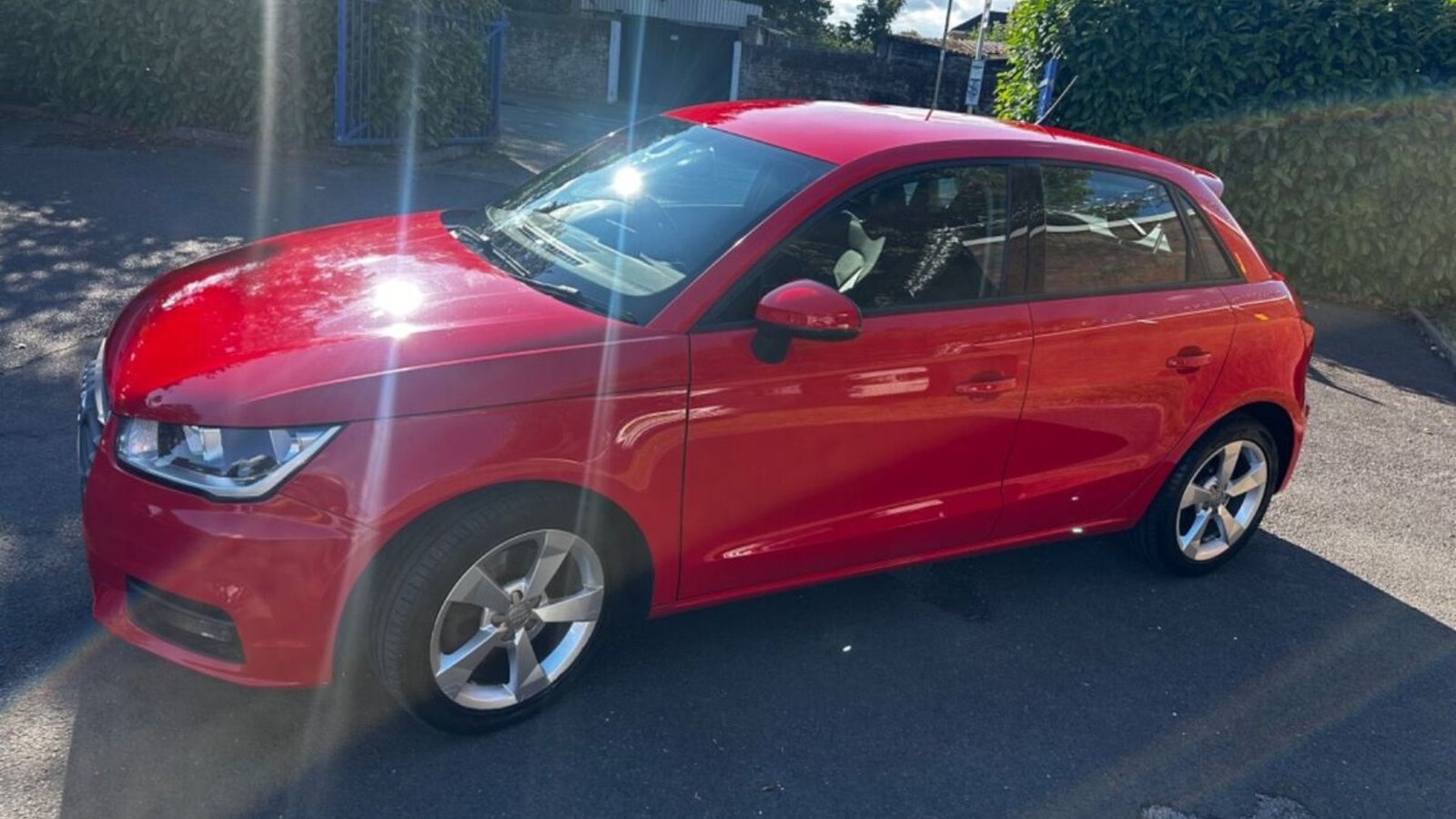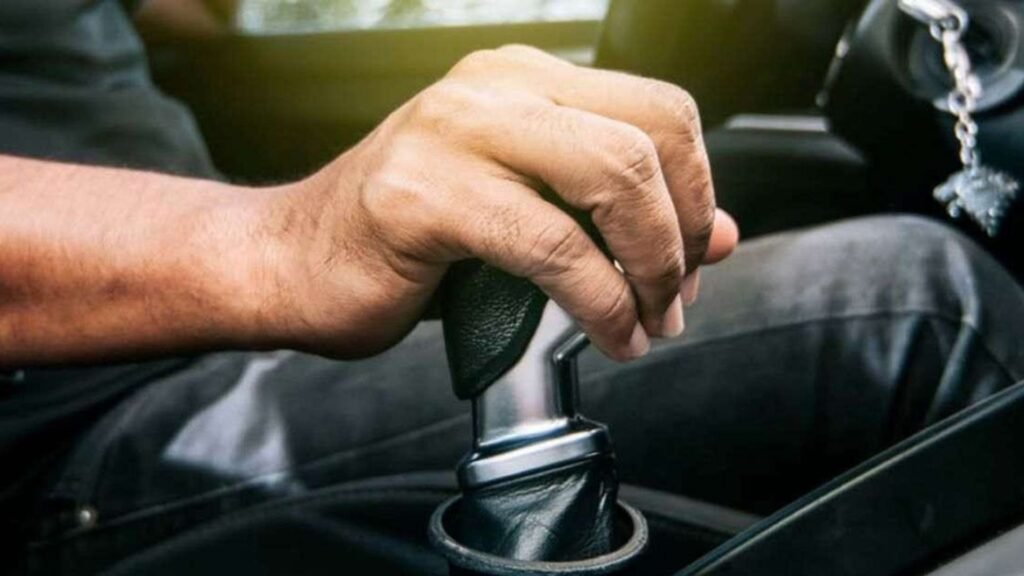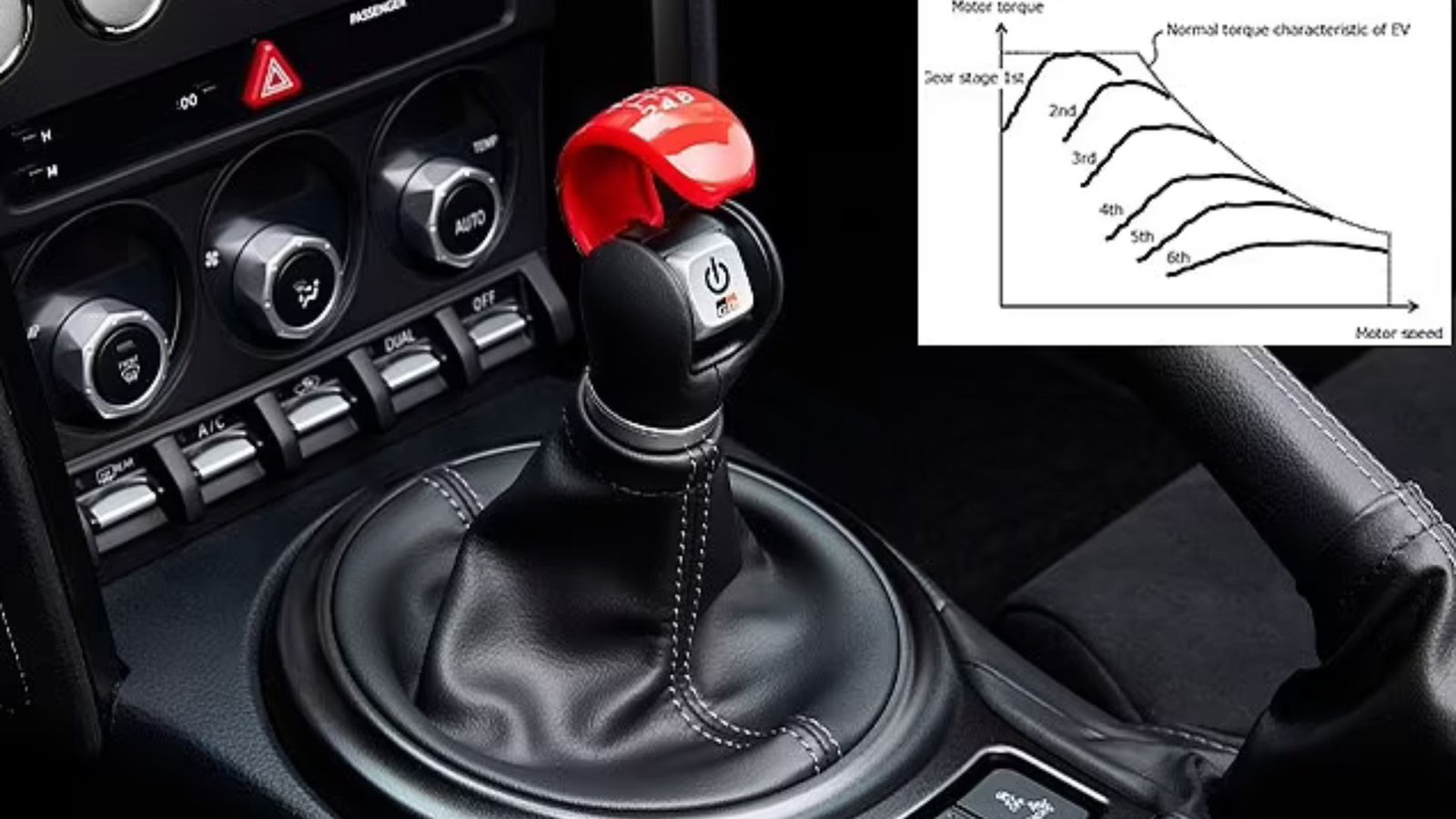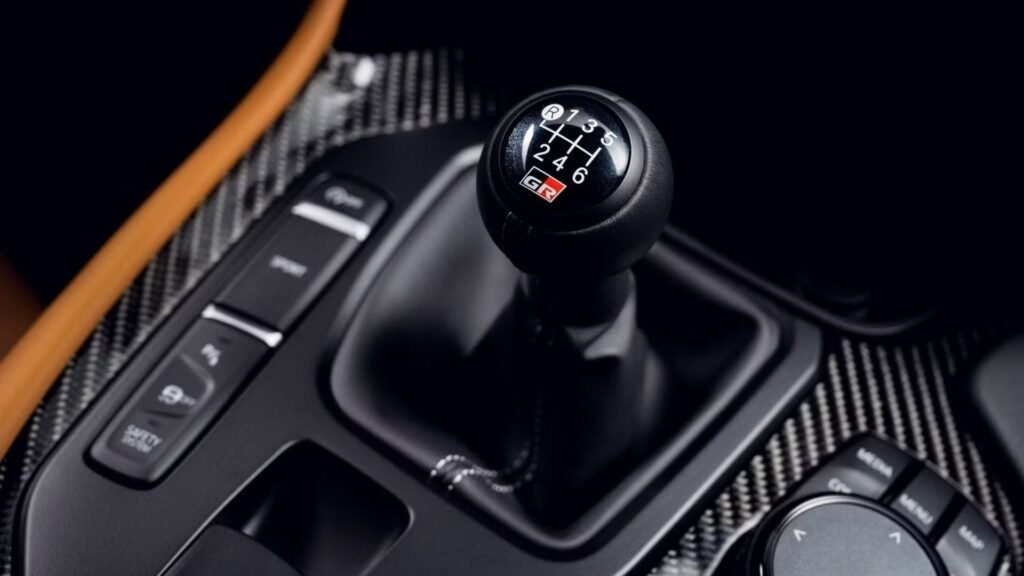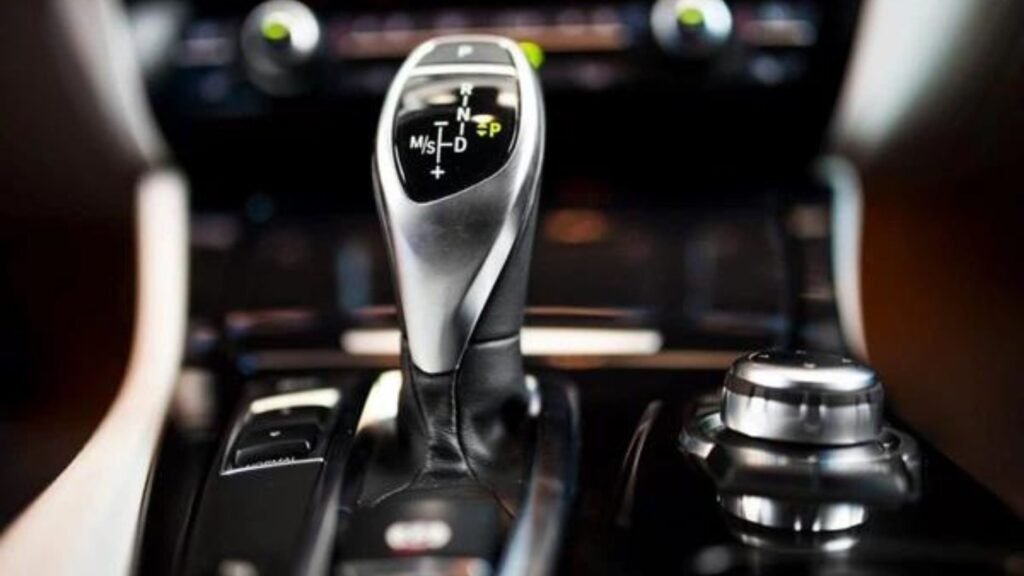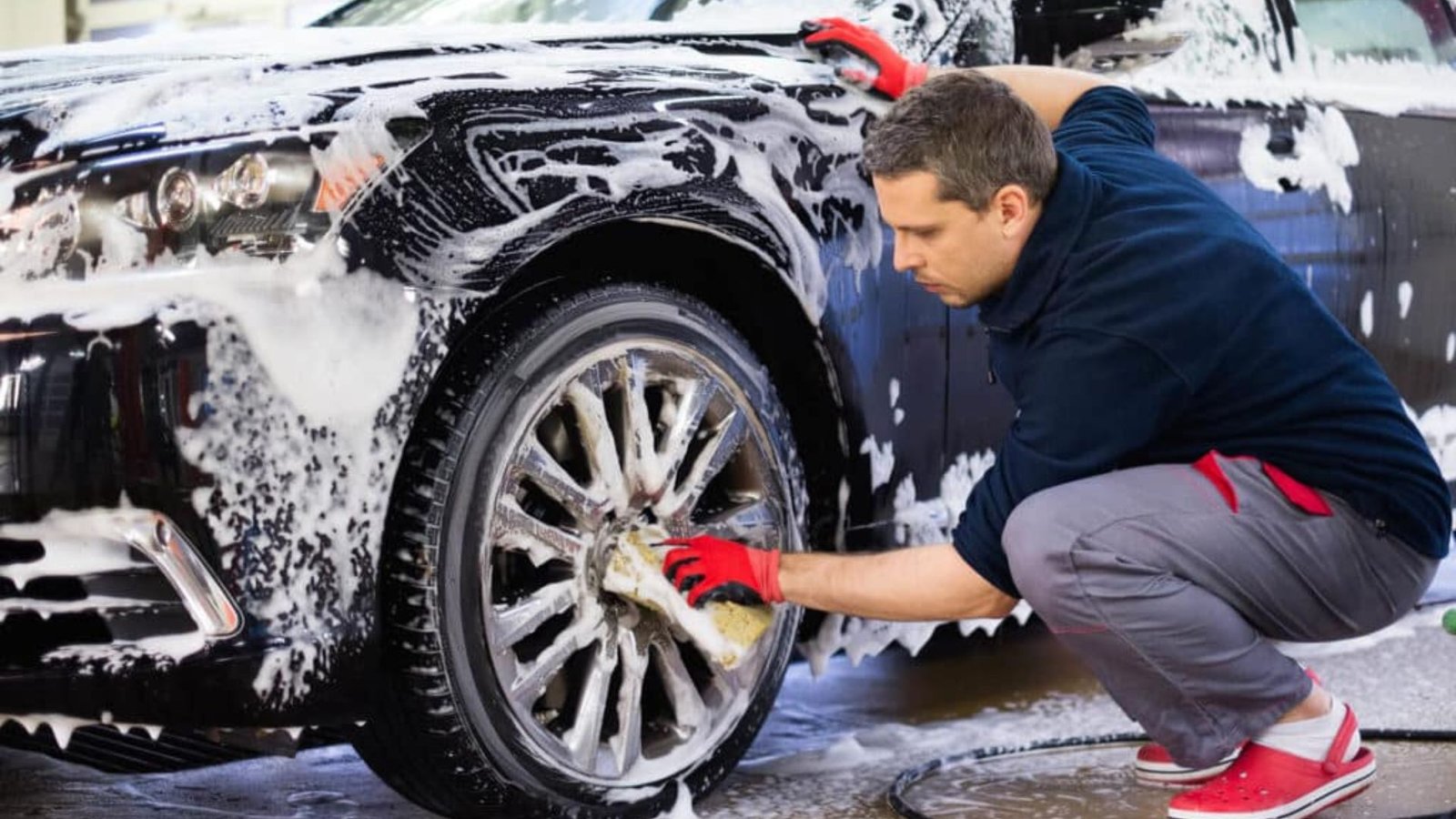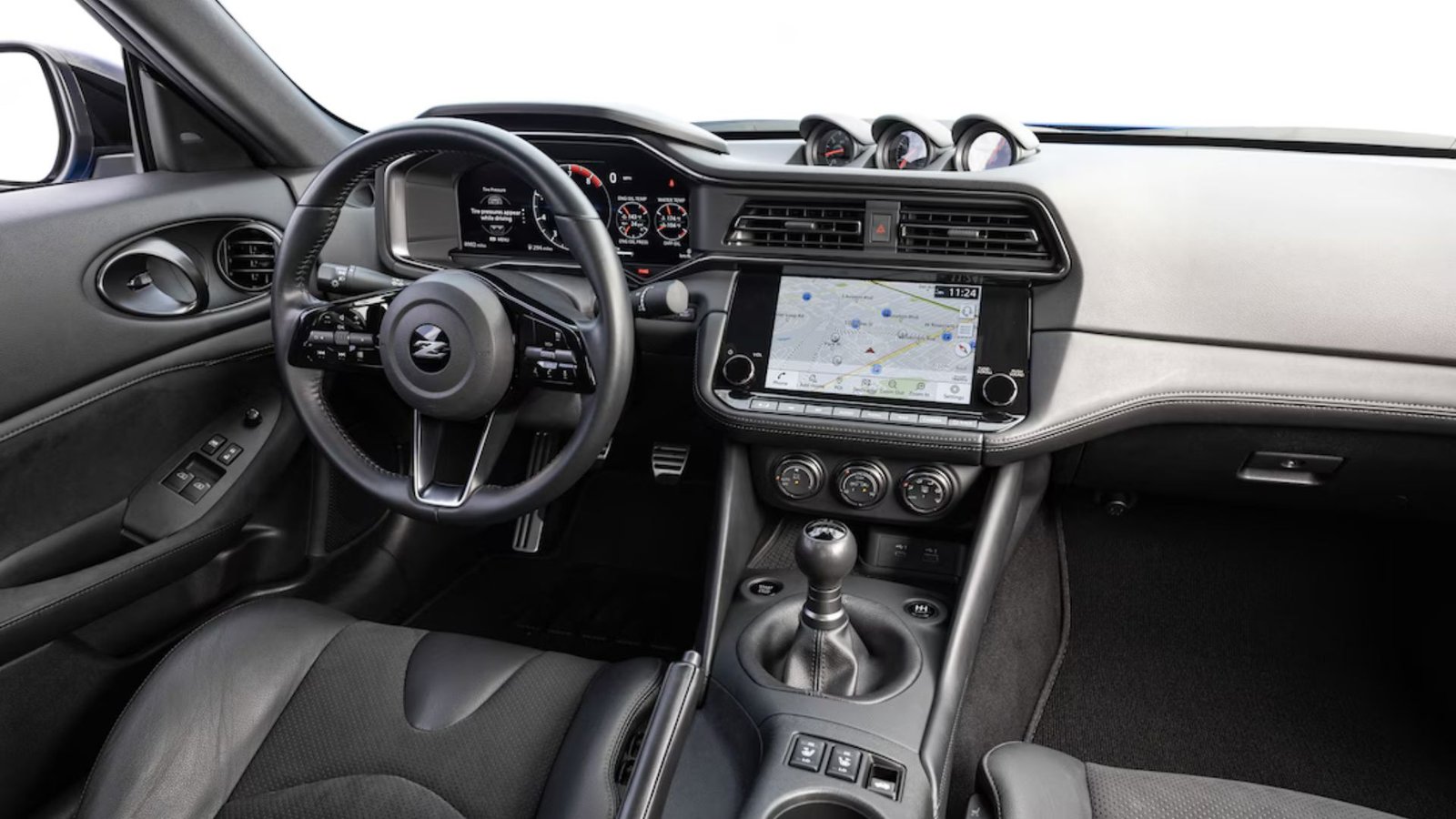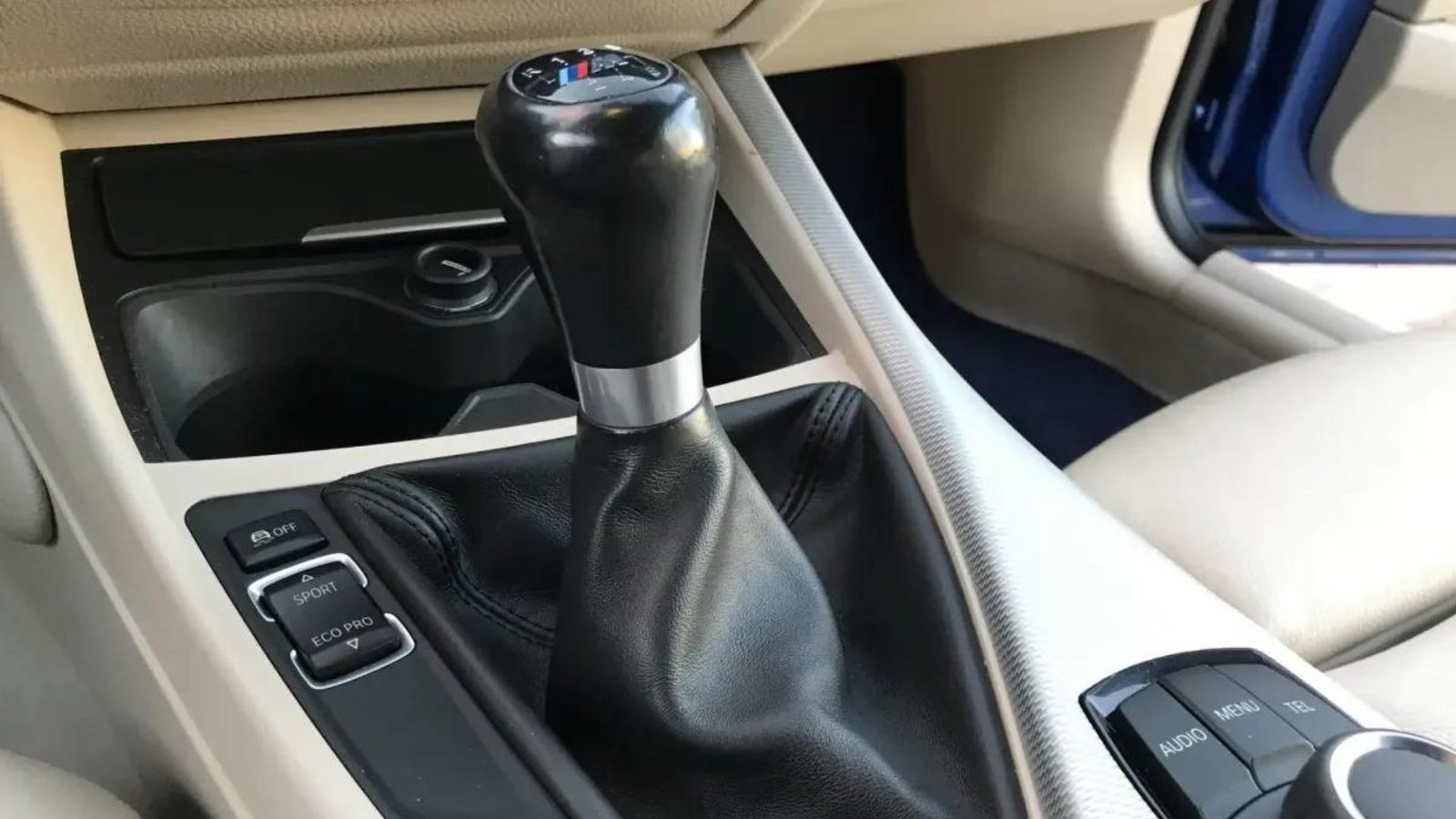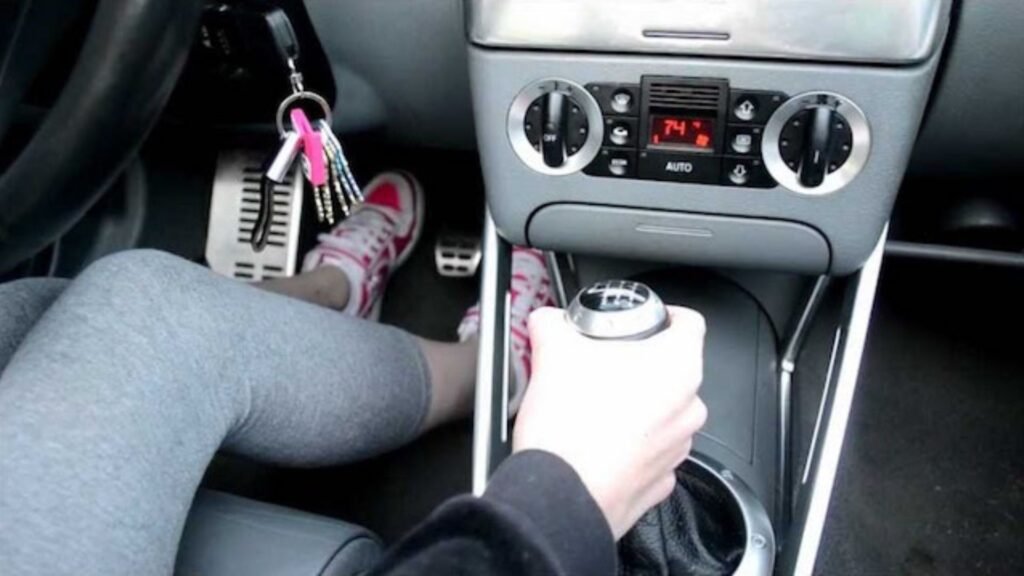Best Manual Convertibles to Consider
If you’re on the lookout for manual convertibles to consider, you’re in for a treat. Manual transmissions offer a unique driving experience, and when paired with the thrill of a convertible, it becomes even more exhilarating. Whether you’re a driving enthusiast or just enjoy the freedom of open-air motoring, choosing the right manual convertible can enhance your driving pleasure. Here’s a guide to the best manual convertibles to consider, ensuring you find the perfect blend of style and performance.
Understanding Manual Convertibles
Before going into the list of manual convertibles to consider, it’s important to understand what makes these vehicles special. Manual convertibles combine the benefits of a manual transmission with the joy of a retractable roof. They offer precise control over gear changes and an engaging driving experience, while the convertible top adds a sense of freedom and connection to the road.
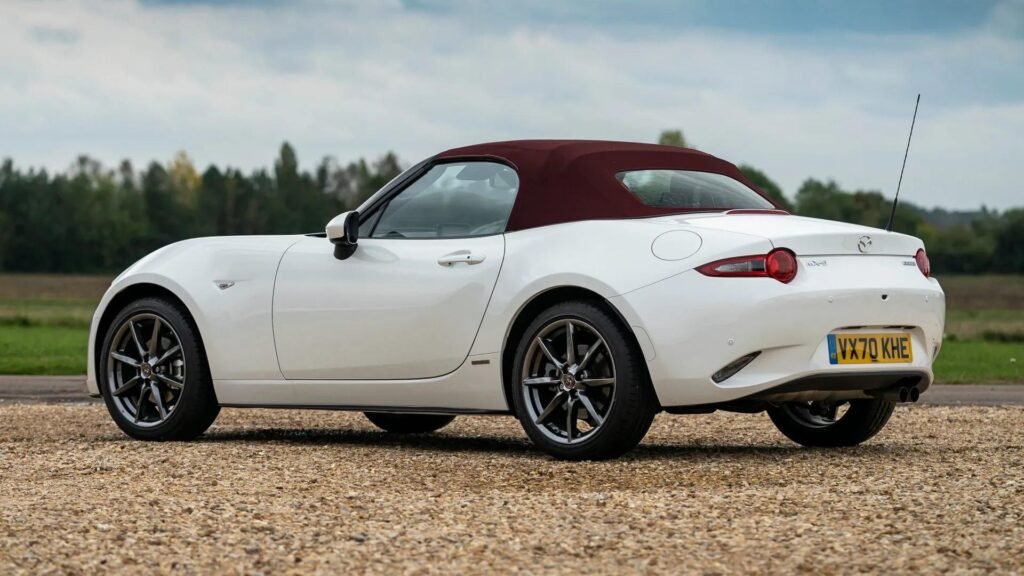
1. Mazda MX-5 Miata
The Mazda MX-5 Miata is often hailed as one of the best manual convertibles to consider. Known for its lightweight design and agile handling, the Miata offers a pure driving experience. The six-speed manual transmission is smooth and responsive, making gear changes a pleasure. With its well-designed convertible top, you can enjoy the breeze or protect yourself from the elements with ease.
2. Ford Mustang Convertible
The Ford Mustang Convertible, particularly in its GT version, is another top choice for manual convertibles to consider. The Mustang’s powerful engine and muscular performance make it a standout option. Its manual transmission, combined with a drop-top roof, provides a thrilling driving experience. The Mustang also offers plenty of space and comfort, making it suitable for long drives and weekend getaways.
3. BMW Z4
For those who appreciate luxury and performance, the BMW Z4 is a premier option among manual convertibles to consider. With its stylish design and high-quality interior, the Z4 offers a refined driving experience. The manual transmission is precise and engaging, while the retractable hardtop ensures you can enjoy the open air whenever you choose. The Z4’s blend of performance and luxury makes it a compelling choice.
4. Porsche 718 Boxster
The Porsche 718 Boxster is a high-performance sports car that ranks highly among manual convertibles to consider. It features a mid-engine layout, which contributes to its balanced handling and precise steering. The six-speed manual transmission enhances the driving experience, making it ideal for those who love to shift gears. The Boxster’s sleek design and advanced technology add to its appeal.
5. Fiat 124 Spider
The Fiat 124 Spider is another standout in the world of manual convertibles to consider. Based on the Mazda MX-5 Miata platform, the 124 Spider offers a similar driving experience but with a unique Italian twist. Its turbocharged engine provides ample power, and the manual transmission ensures a fun and engaging drive. The 124 Spider’s stylish design and affordable price make it a great option for enthusiasts.
6. Audi A3 Cabriolet
The Audi A3 Cabriolet, while not as common as other models, is a premium option among manual convertibles to consider. Its manual transmission offers a sporty driving experience, while the retractable top allows for open-air enjoyment. The A3 Cabriolet’s high-quality interior and advanced features make it a luxurious choice for those who want a blend of performance and comfort.
7. Mercedes-Benz SLC
The Mercedes-Benz SLC is a refined choice in the realm of manual convertibles to consider. With its elegant design and powerful engines, the SLC delivers a sophisticated driving experience. The manual transmission, combined with a retractable hardtop, allows for both spirited driving and relaxed cruising. The SLC’s attention to detail and luxurious interior enhance its appeal.
8. Chevrolet Camaro Convertible
The Chevrolet Camaro Convertible offers a blend of power and style among manual convertibles to consider. Available with a range of engines, including a potent V8, the Camaro provides an exhilarating driving experience. Its manual transmission adds to the engagement, while the convertible top ensures you can enjoy the sun or stay protected from the weather.
9. Lotus Elise
For those seeking a more exotic option, the Lotus Elise stands out among convertibles to consider. Known for its lightweight construction and exceptional handling, the Elise offers a pure driving experience. The manual transmission is perfectly matched to its agile chassis, making it a joy to drive. Its minimalist design and open-top configuration enhance the driving experience.
10. Smart Roadster
The Smart Roadster, though less common, is a quirky option among manual convertibles to consider. Its compact size and nimble handling make it ideal for urban driving. The manual transmission offers a fun driving experience, and the convertible top adds a touch of open-air motoring. The Roadster’s unique design and practicality make it a standout choice.
Conclusion
When it comes to manual convertibles to consider, the options range from sporty and luxurious to practical and unique. Each vehicle on this list offers a different blend of performance, style, and driving pleasure.

